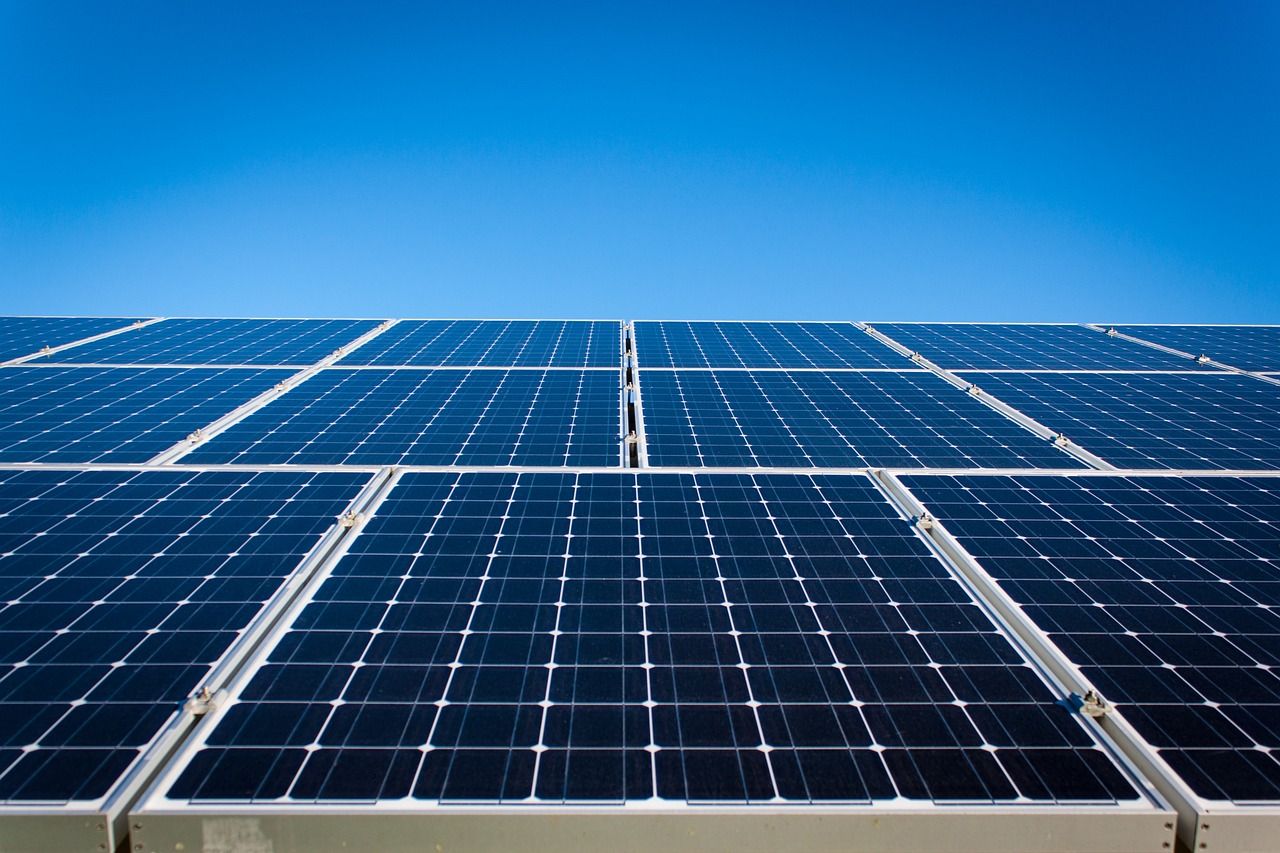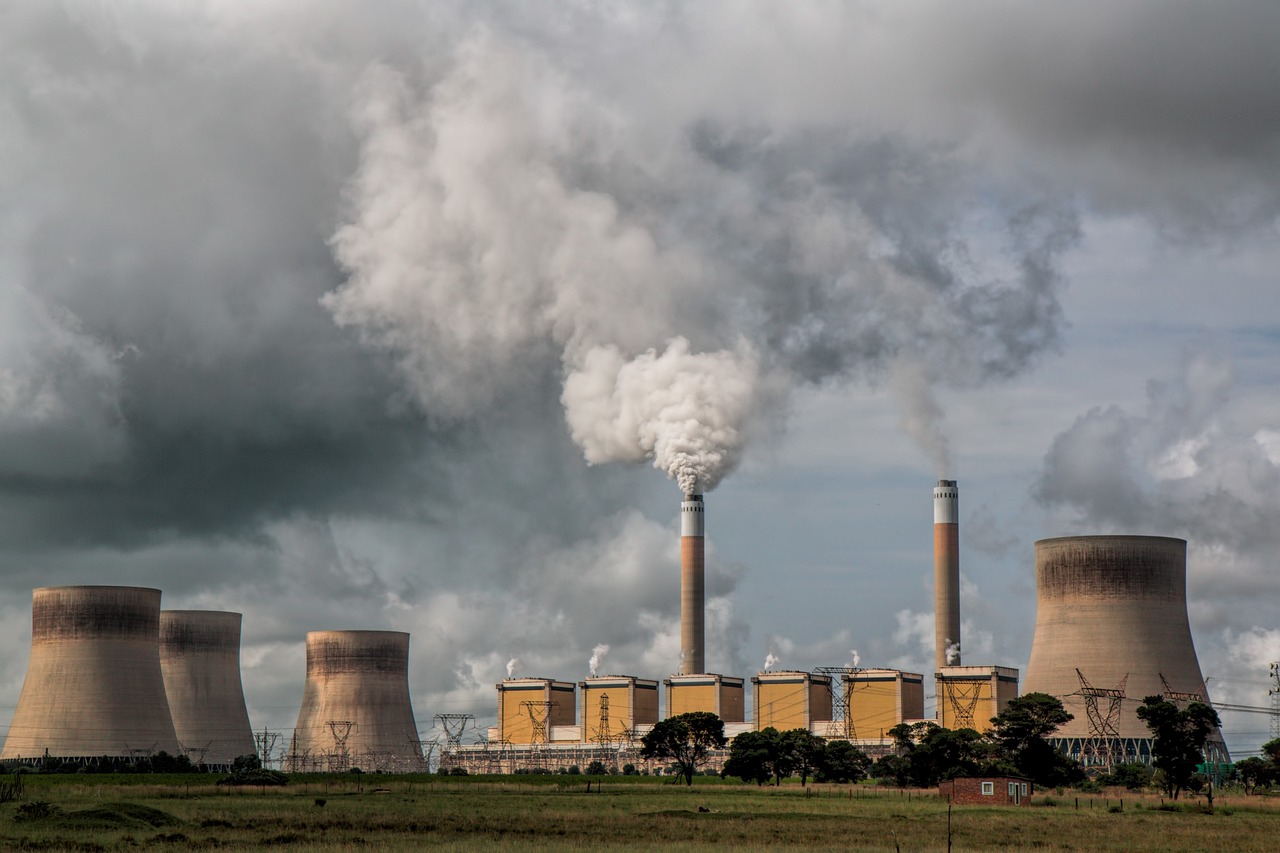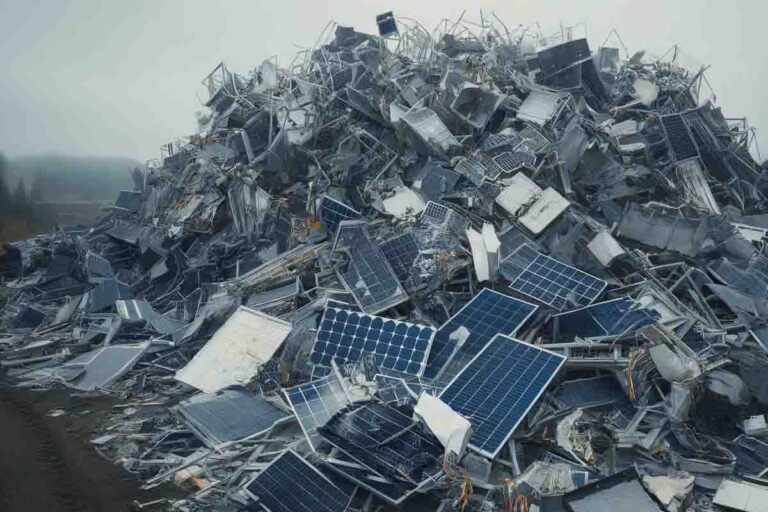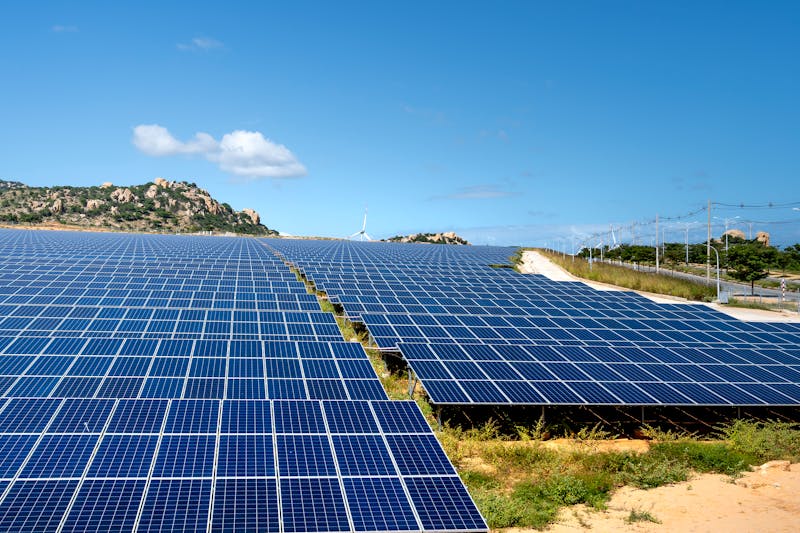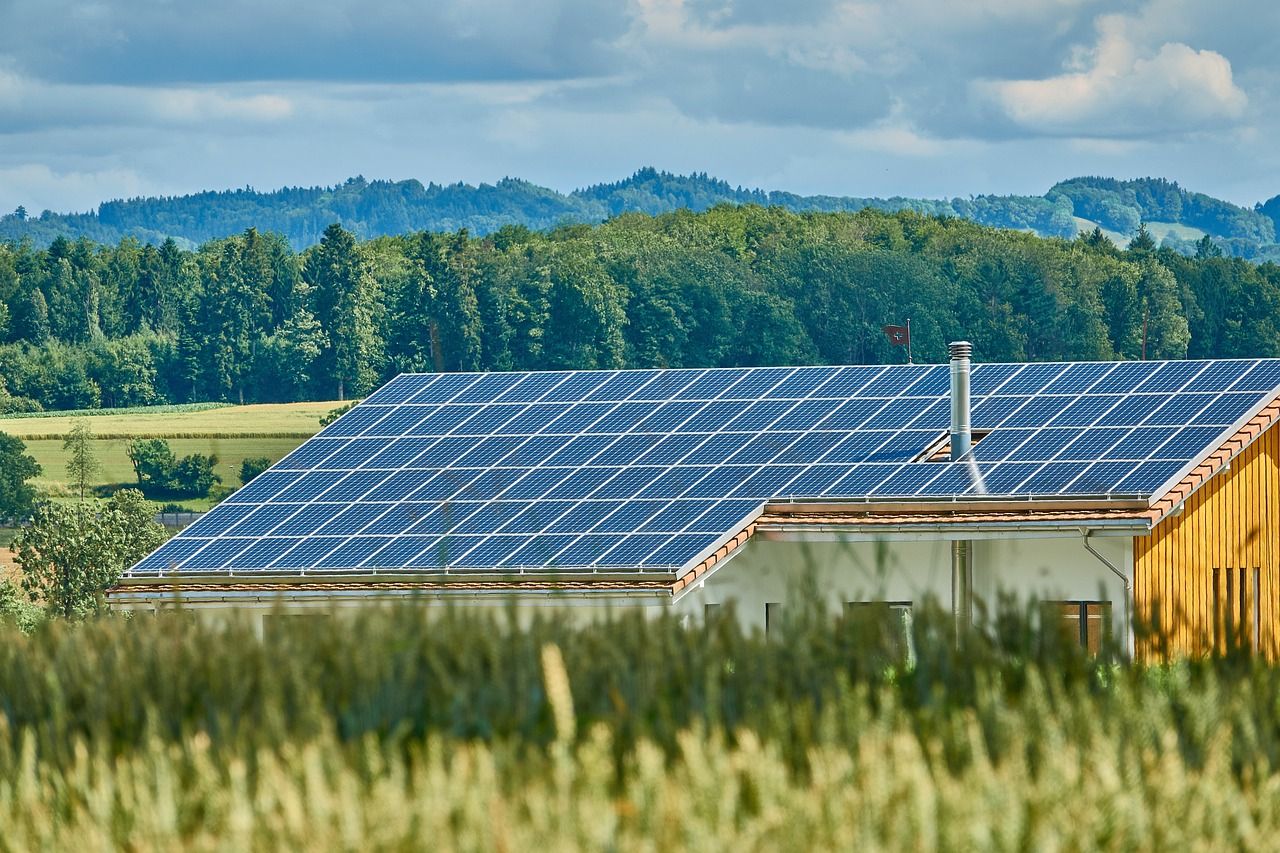We're all fascinated by the potential of solar power systems. The energy from the sun is abundantly available, environmentally friendly, and underused. The truth is that the prospect of a solar power system is powered by the sun and the quantum of solar insolation it emits. Like most great technological inventions, the hopes and expectations of the people are often dimpled by the negative reality they present, and a solar power system is not an exception.
Problems with solar panels
Let's be candid, the production of those gleaming-looking solar panels we see on solar farms and rooftops is not devoid of their effect on the environment. To quell your incredulousness, fossil fuels are the primary energy source required for the production of the solar panels we are using, and of course, we are all aware of the negative environmental footprint of fossil fuels. What an ironic twist!
Also, we must keep in mind that the minning of metals and silicon used for the production of solar panels can wreak some irrevocable havoc on the environment, including the destruction of the natural habitat, displacement of communities, and contamination of our water sources.
As if this were not enough, after about 25 to 30 years, we have to grapple with the issue of proper disposal of the used panels. Without casting fear, if the used solar panels are not properly disposed of, they can release waves of dangerous chemicals into the environment and contaminate our beloved planet. Therefore, we must pay cognate attention to the lifecycles of these panels and plan for their inevitable disposal. More so, generating electricity with a large-scale solar farm is worth celebrating. Nonetheless, a large expanse of land is required for the installation of this large-scale solar farm. As expected, the issue of land used will be raised as these installations encroach into arable land that would have been used for agriculture and disorganizing our brittle ecosystems
Don’t Be Afraid as there is hope.
You need not be afraid. The solar industry is a dynamic one, it’s growing every day, and they are seeking veritable innovative solutions to this issue. Have you ever envisioned a future where captured energy is used for the production of solar panels? This would be the height of sustainability in the production process. Also, the manufacturing process can be optimized, efficiency of production maximized and waste products minimized.
Additionally, it is vitally important to source raw materials needed for the production of solar panels responsibly, as refusal to heed this advice may lead to environmental chaos. It is my sincere advice that we adopt an environmentally friendly minning process confirming that the requisite raw materials needed for producing solar panels are ethically extracted with little or no effect on the environment. It is time we start thinking about how these used panels can be recycled and reused.
Also, we can give used panels and batteries another life by creatively setting up modalities that can conserve resources and cut out waste. Nevertheless, we have to pay attention and be intentional about land use optimization. Have you ever thought of the possibility of integrating agriculture with solar farms? This will allow us to cultivate crops and produce electricity simultaneously. Nonetheless, we can even design a solar farm that can float on large water surfaces, reducing the proportions of land used.
There is a glimmer of light, as researchers are working exhaustively to ensure the development of high-efficiency next-generation solar panels that are environmentally friendly. If this technological advancement is attained, the full potential of the solar power system will be unlocked.
Can we harness the Power of Hive blockchain as our partner in this journey?
Yes, we can. If we develop a supply chain that is transparent and that can allow us to track the negative environmental impact and the source of all the individual components used for the production of the solar panel. To be sincere, it is possible to create a platform that is decentralized and reserved basically for Renewable Energy Credits (RECs) trading. If properly managed, Hive blockchain and other blockchain technologies can be employed to expedite the funding of research and the creation of cutting-edge solar technologies that are eco-friendly. Also, we can use blockchain technology to collect and analyze data that depict the depth of the environmental impact of solar power, make up-to-date decisions based on the data collected, and ensure that this method undergoes constant refinement.
Optimally, Solar power system promises an environmentally-friendly future. Nonetheless, to completely benefit from its potential, it is essential that we acknowledge the ecological realities and vigorously pursue groundbreaking solutions. The Hive blockchain, together with its efficiency, transparency, and decentralization, will be a useful tool for this journey that is very transformative.
